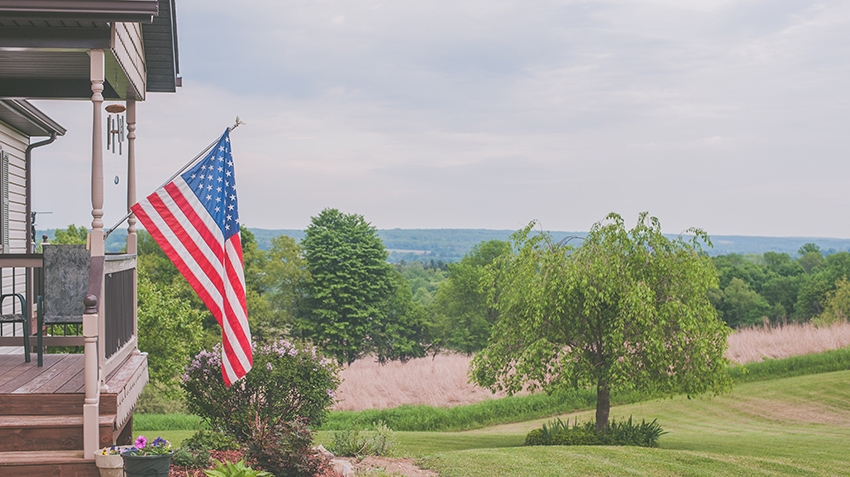It is hard to find a better home loan option than the VA loan. With the ability to purchase a home with no money down and no monthly mortgage insurance costs, the VA loan is just one small way that our country can thank our service members and their families for the sacrifice they have made for our country.
The big news for 2020 is that there are no loan limits on VA loans. According to the U.S. Department of Veterans Affairs:
Effective January 1, 2020, there are no county loan limits for Veterans with full VA home loan entitlement. However, county loan limits still apply to Veterans who have previously used, and not restored, their VA home loan entitlement to purchase, refinance, or construct a home above $144,000. Your entitlement can only be restored when the property is sold, or the loan is paid-in-full.
In other words, there are no longer loan amount limits for Veterans that meet eligibility requirements and have full entitlement for a VA loan. Eligibility information can be found here, but generally speaking, you may be eligible for a VA loan if you meet one or more of the following:
- 90 consecutive days of active service during wartime (includes National Guard or Reserves that have been activated on Title 10 orders)
- 181 of active service during peacetime
- 6 years of service in the National Guard or Reserves
- You’re a spouse of a service member who has died in the line of duty or as a result of a service-related disability (remarried spouses are not entitled to the VA benefit)
A number of other changes came to VA loans in 2020. For instance, with the old VA fee system, Reserves and National Guard paid higher fees than “regular” military. The new system changes that, where everyone pays the same rate regardless of active, Reserve, National Guard or Veteran. This is a big change that could impact many military families as they go through the process of obtaining a VA mortgage.
Additionally, the funding fees have changed for VA loans as well. For Reserves and National Guard, the funding fees have slightly decreased, while they have slightly increased for the regular military. For example, a regular military funding fee for first-time use with 0% down payment went from 2.15% to 2.4%, while the same scenario for Reserves and National Guard went from 2.4% to 2.3%.
Veterans purchasing with 0% down for the first time get a 2.3% funding fee and cash-out refinances also went from 3.3% to 3.6% across the board as well. One exception is that if you have a disability rating through the VA of at least 10%, you will likely be exempt from the Funding Fee all together.
Depending on the situation, these changes in the funding fees are not drastic and will likely be a swing of a few hundred dollars, either up or down depending. However, when you consider the fact that there are no longer loan limits on VA loans, Veterans have far more options when it comes to getting a VA loan.
Your VA loan starts with acquiring your certificate of eligibility (COE). While you don’t need it on hand to apply for a VA loan, but your lender will need it in order to grant a preapproval. In some cases, your lender is able to acquire your COE during the application process. Otherwise, you can apply online through the VA’s eBenefits portal or by mail with a VA Form 26-1880 that is sent to your Regional Loan Center.
Like any other type of mortgage, your particular situation is unique, which is why it is important to work with an experienced VA mortgage team that can guide you through the process. Start by checking your VA loan eligibility or speak with one of our VA loan experts to get the process started.





There are some circumstances where the VA allows Veterans to have higher VA Loan Limits. For example in some counties across the nation like Alameda-County California, the max VA Loan Limit is $636,150 with no money down.